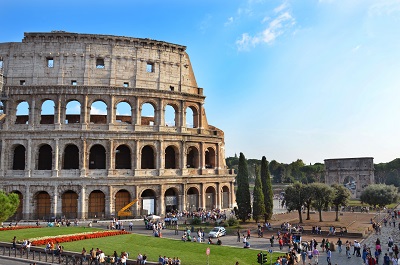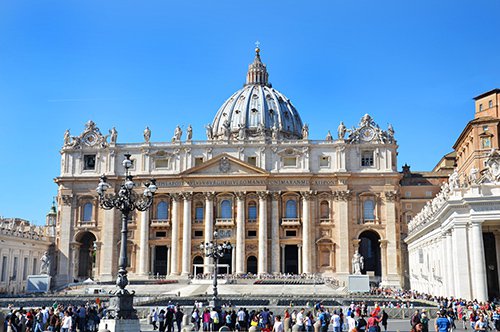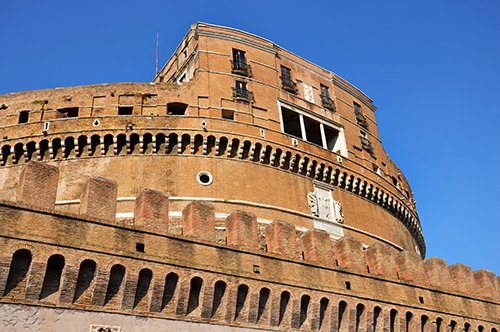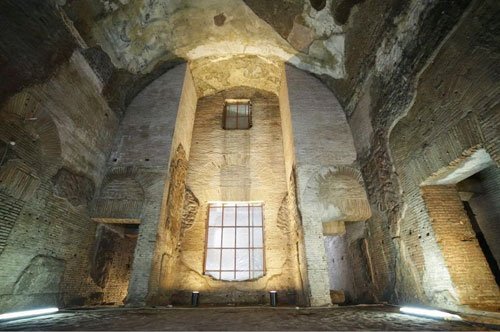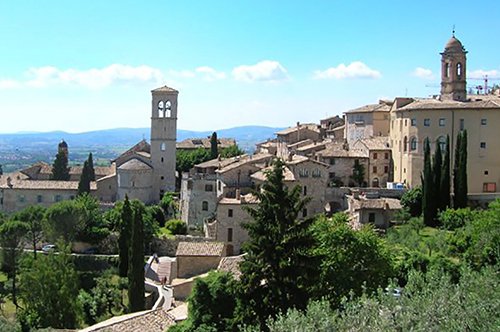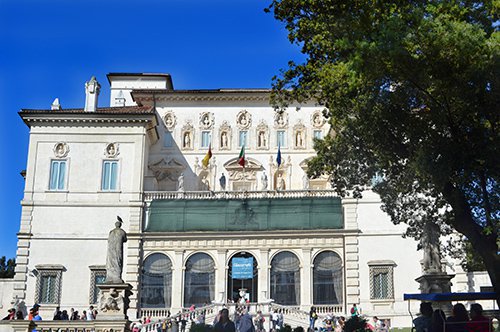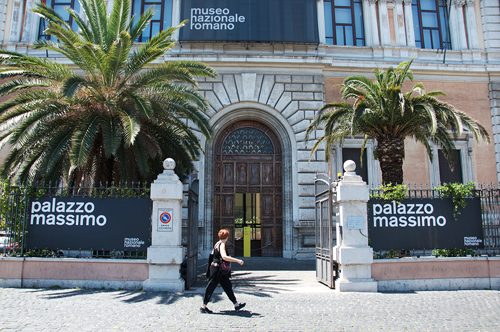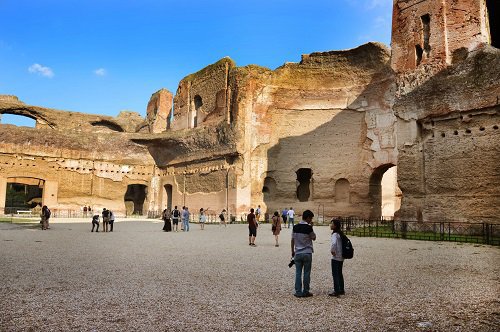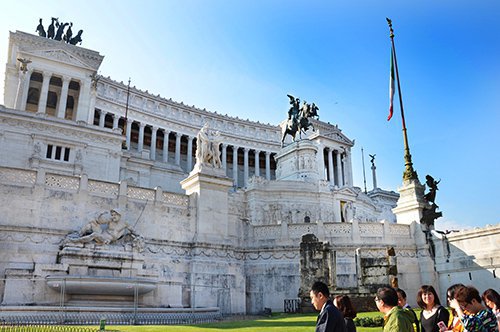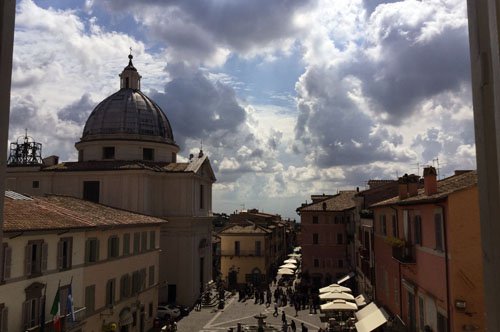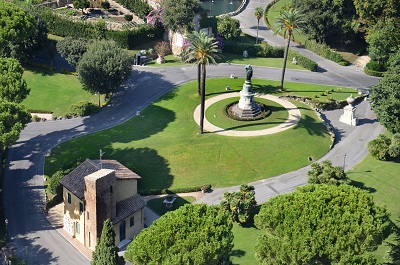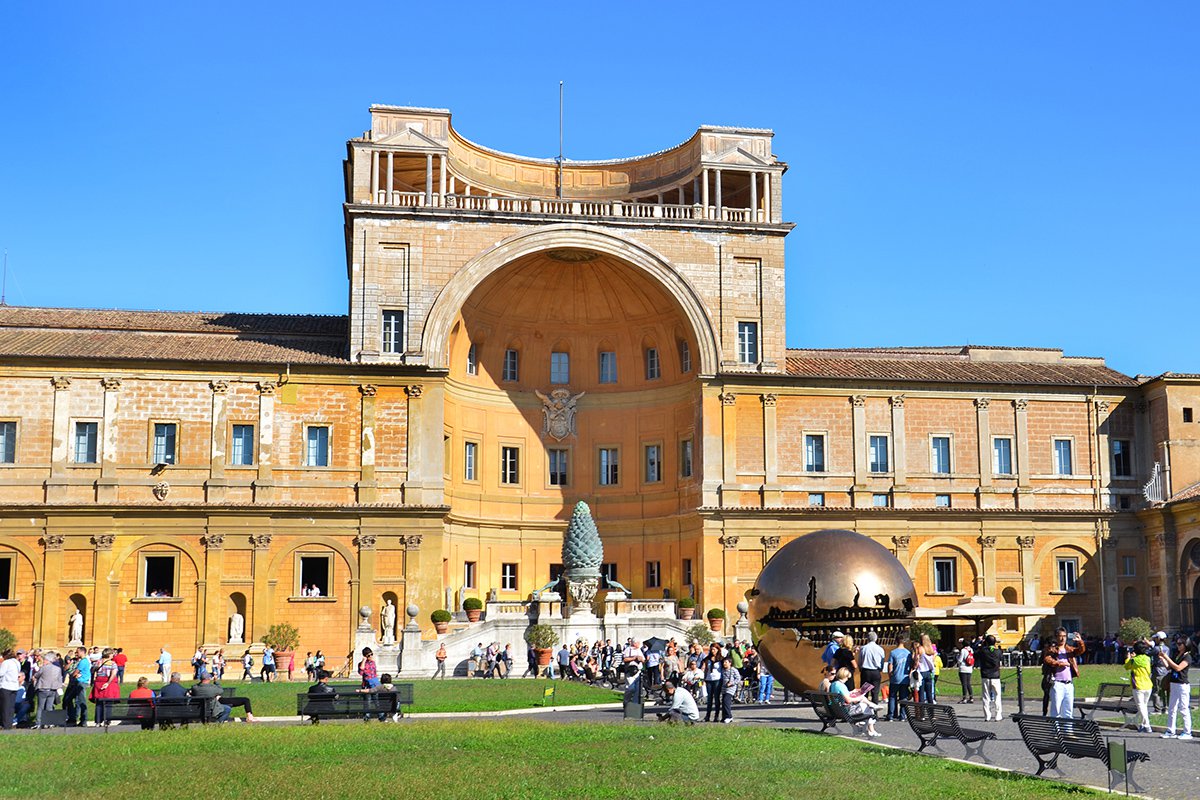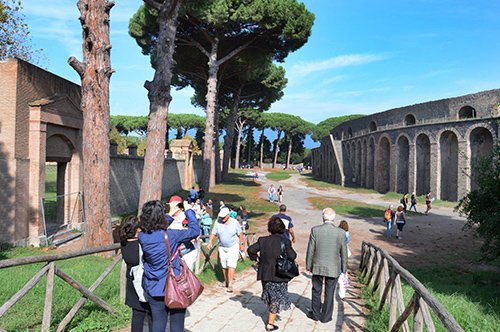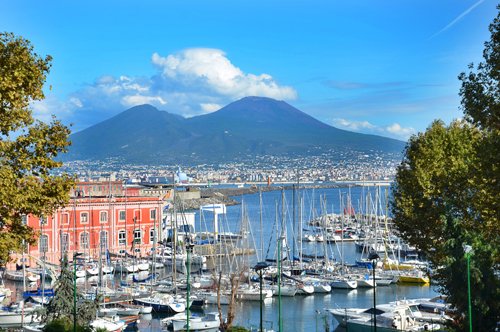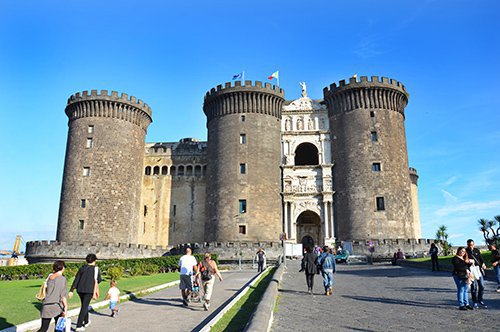Borghese Gallery
All Categories
Tickets
Guided Tours
Private Tours
WHY VISIT THE BORGHESE GALLERY
The Borghese Gallery is an unmissable stop for anyone wishing to admire masterpieces by great Italian masters such as Caravaggio and Bernini. Among the main artworks not to be missed is the “David” by Gian Lorenzo Bernini, created at the request of Cardinal Peretti. This sculpture stands out from other representations of David because it captures him in the very moment he is about to throw the stone at Goliath. The tense expression and the contracted face of Bernini’s David convey the effort and intensity of that critical instant. Besides this piece, the Gallery houses other sculptures by Bernini such as “Apollo and Daphne,” “The Truth,” and “The Rape of Proserpina.” Also on display are treasures like Antonio Canova’s “Pauline Bonaparte as Venus Victrix” and several of Caravaggio’s most famous paintings, such as “David with the Head of Goliath,” “Boy with a Basket of Fruit,” and “Sick Bacchus.” The exceptional collection at the Borghese Gallery also includes works by Titian, Raphael, and Correggio.
A BRIEF HISTORY OF THE BORGHESE GALLERY
In the seventeenth century, thanks to the initiative of Cardinal Scipione Borghese, the son of Ortensia Borghese and nephew of Pope Paul V, an important art collection was created. At that time, much of the artwork belonged to the Vatican. During this period, the Cardinal carefully selected and acquired masterpieces of ancient, Renaissance, and contemporary art, thus creating a unique collection. The park of Villa Borghese and the building that houses the Gallery were constructed in the 17th century, designed by architects Flaminio Ponzio and later Giovanni Vasanzio. At the end of the 18th century, the building was renovated by architect Antonio Vesprucci. In the early twentieth century, the entire collection and the villa were sold to the Italian state, and the Borghese Gallery officially became a public museum.
WHAT THE BORGHESE GALLERY IS TODAY
Today, the Borghese Gallery is one of Rome’s most renowned art museums, located within the lush Villa Borghese park. It preserves splendid paintings by artists such as Titian, Caravaggio, and Raphael, along with a rich collection of sculptures—both ancient and by master sculptors like Bernini. The museum’s twenty rooms are also noteworthy for their refined interiors: mosaics, decorative stuccoes, precious marbles, and frescoes further enrich the visiting experience.
CURIOSITIES ABOUT THE BORGHESE GALLERY
Did you know that the painting “David with the Head of Goliath” by Caravaggio, kept in the Gallery, was painted between 1609 and 1610 while the artist was in Naples? At the time, Caravaggio was seeking pardon for his crimes and sent this painting along with his petition for clemency to Cardinal Borghese. Recent studies have shown that the work actually contains two self-portraits: the young, innocent Caravaggio and the older, more tormented version of himself. Did you also know that Villa Borghese is one of Rome’s most beloved parks? Inside, besides the Gallery, you’ll also find the Bioparco (zoo), a theater, and many attractions for children.
HOW TO VISIT THE BORGHESE GALLERY
Visiting the Borghese Gallery requires a reservation, which can be made in advance by purchasing a ticket online, joining a guided group tour, or booking a private visit. Guided tours are available in both Italian and English, set on specific days and times, and are always guaranteed. The private tour is highly recommended for those who wish to explore the museum with a dedicated guide. It is important to note that, according to the rules, visitors can stay inside the Gallery for a maximum of two hours.
OTHER ATTRACTIONS NEARBY
After visiting the Borghese Gallery, you can explore the beautiful park of Villa Borghese. By consulting a city map, you will notice that you are close to many points of interest and famous landmarks. Walking towards the city center, passing through Piazza di Spagna, you can reach the Colosseum, the Roman Forum, and the Palatine Hill—unique archaeological sites full of ancient history. Other attractions worth seeing include the Baths of Caracalla, the Catacombs, the Villa of the Quintili, and the Tomb of Cecilia Metella. For an immersion in art and history, head to the Vatican to marvel at St. Peter’s Basilica, the Sistine Chapel, the Vatican Museums, and the Vatican Gardens. If you are passionate about ancient history, you can discover the Domus Aurea, the Ara Pacis, the Capitoline Museums, and Castel Sant’Angelo along the Tiber. Don’t miss the four locations of the National Roman Museum. Just outside Rome, you can visit the picturesque village of Castel Gandolfo, overlooking Lake Albano and known for being the Pope’s summer residence, or the famous Villa d'Este in Tivoli, renowned for its beautiful gardens.




